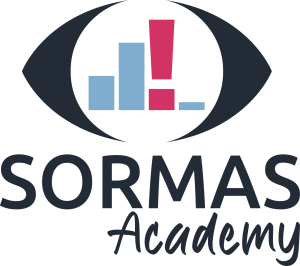References:
1: WHO course "Sex and gender in infectious disease programms":
2: Definitions sex and gender:
- https://www.coe.int/en/web/gender-matters/sex-and-gender
- https://www.who.int/health-topics/gender#tab=tab_1
Further reading:
Integrating gender data in health information systems: challenges, opportunities and good practices. Copenhagen: WHO Regional Office for Europe; 2021. Licence: CC BY-NC-SA 3.0 IGO.
CDC’s Guiding Principles to Promote an Equity-Centered Approach to Public Health Communication Tools for Public Health Practice; Preventing Chronic Disease Journal – Volume 20 – July 6, 2023.
Dias SP, Brouwer MC, van de Beek D. Sex and Gender Differences in Bacterial Infections. Infect Immun. 2022 Oct 20;90(10):e0028322. doi: 10.1128/iai.00283-22. Epub 2022 Sep 19. PMID: 36121220; PMCID: PMC9584217.Gender Strategies for Organizations
Catalyst (2021). "Creating an Inclusive Workplace: A Practical Guide." This guide provides practical steps for organizations to create an inclusive workplace, emphasizing the importance of gender equality and diversity.
European Institute for Gender Equality (EIGE) (2016). "Gender Equality Training: Gender Mainstreaming Toolkit."
International Labour Organization (ILO) (2017). "Gender Equality and Diversity: A Key to Business Success."
McKinsey & Company (2020). "Diversity Wins: How Inclusion Matters."
United Nations Development Programme (UNDP) (2021). "Gender Equality Strategy 2022-2025".
Gender and Health Data and Statistics, an annotated resource guide. MEASURE Evaluation 2012.
